Basque ethnography at a glance
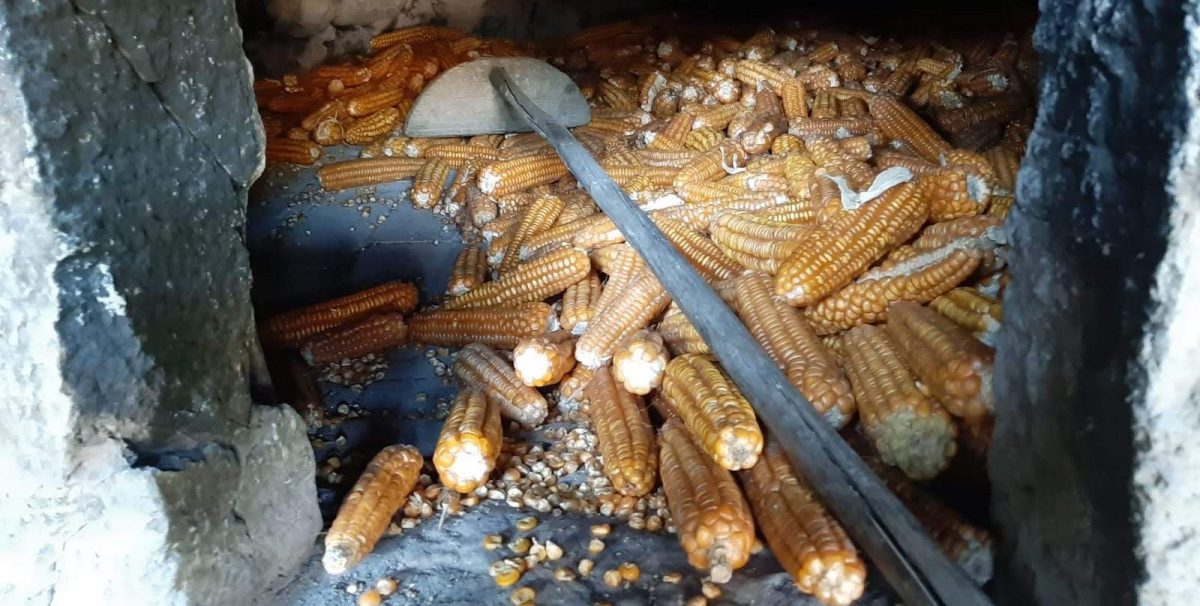
Grain drying. Armintza, Lemoiz (Bizkaia), 2019. Enrike Gaubeka. Labayru Fundazioa Photographic Archive.
This is a follow-up of a previous post, published on 26 April 2019, dedicated to the cultivation and harvesting of maize.
Freshly-harvested, tender maize ears were roasted in the traditional wood-burning oven used for baking bread. Flour from oven-roasted maize grain (labartoa) is ideal for making flatbreads (taloak), typically soaked in milk or accompanied with pan-fried pork products (sartenekoa) such as chorizo and other fatty meat cuts. Maize flatbreads used to be toasted on a griddled placed over the glowing coals of the hearth (behesua) in the very old days, and on the kitchen stove (txapea) more recently.
Some of the ears were stored in the loft; once ground, air-dried maize (haizartoa) is preferably boiled in water or milk porridge style (morokila).
Same as wheat, threshed maize kernels were taken to the mill for grinding. Wheat mills (gari-errotak) and maize mills (arto-errotak) used different grindstones for either type of grain, but there were also combined mills. Marble-like stones with perlite were found to be most suitable for maize; sandstones, on the contrary, would not grind fine flour. Moisture content in grains proved equally relevant, because if maize was wet (arto hezea) a doughy paste would adhered to the millstone, requiring the miller to scrub it with a cast iron brush.
Maize and wheat bread batches (labaldiak) were baked simultaneously. Maize flour (artouruna), water and salt were mixed for the dough (orea). Next the pieces (artoak) were shaped and placed on a flat wooden shovel sprinkled with flour so they would not stick. Alternatively a cabbage leaf on top of the peel did the job. The loaves were at last introduced in the oven and flattened with the back of the peel. Once baked, they were carried out of the oven with an iron-faced shovel.
In households with scarce resources maize bread was eaten on workdays and wheat bread was reserved for festive days.
Thin slices of oven-baked maize bread in milk (arto-zopak) were likewise popular. Highly digestive as they are, the mentioned maize-based bread, flatbread and porridge were commonly believed to satisfy hunger though only briefly. When having them for supper, you were adviced to go to sleep immediately after, because should you not, you would feel hungry again before your second foot hit the bed, it was jokingly said.
Segundo Oar-Arteta – Etniker Bizkaia – Etniker Euskalerria Groups
Translated by Jaione Bilbao – Ethnography Department – Labayru Fundazioa
Reference for further information: Family Diet, part of the Ethnographic Atlas of the Basque Country collection.

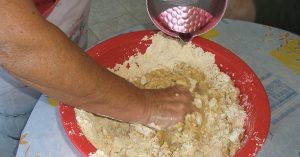
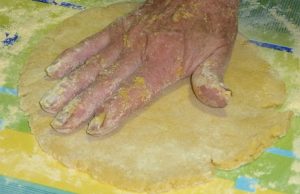
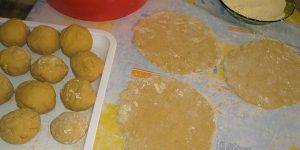
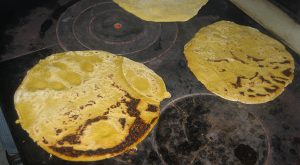

[…] Maize bread making shall be the subject of a future post. […]